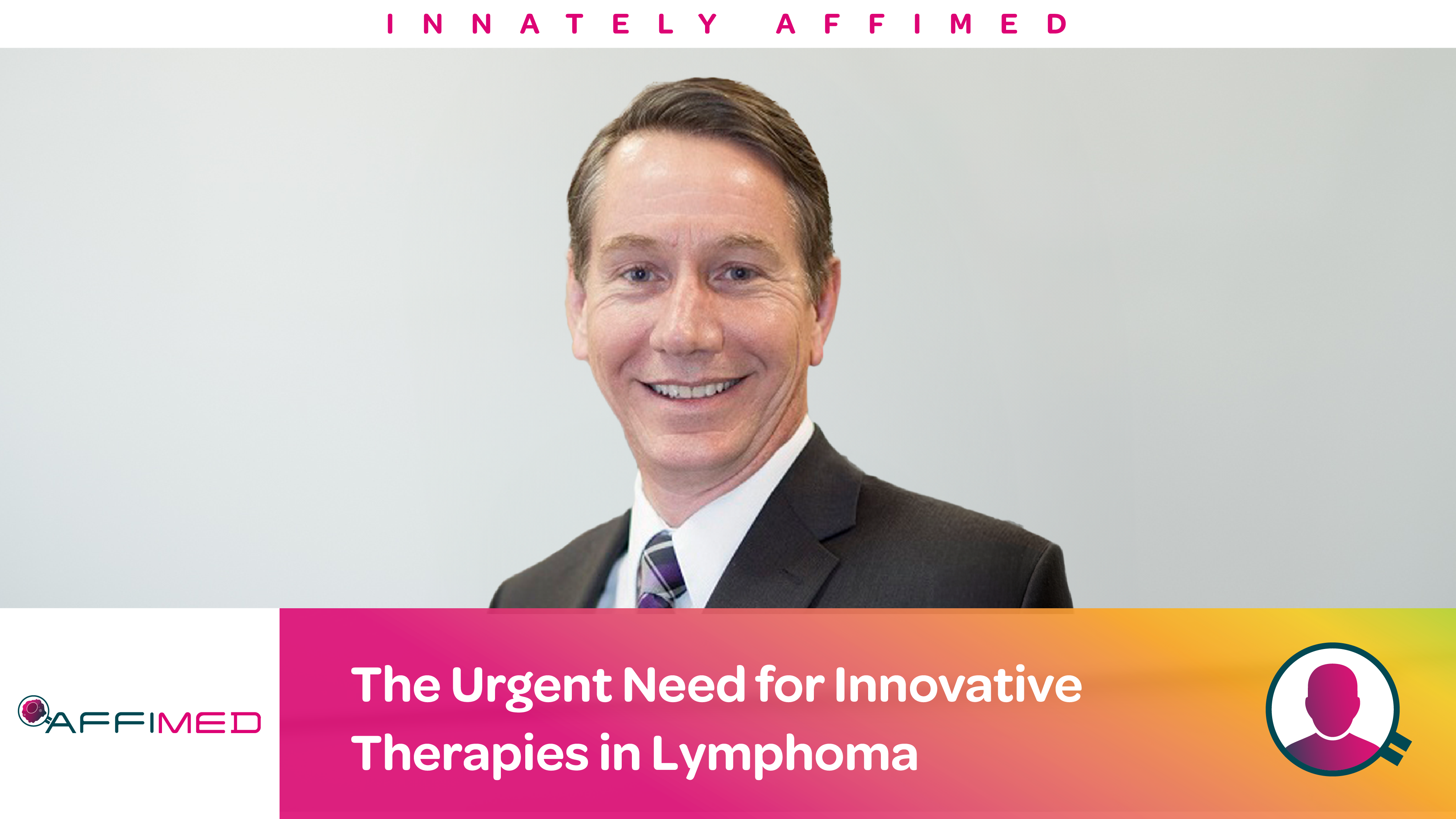
By Dr. Stephen Ansell, Hematologist and Oncologist, Mayo Clinic, Rochester, MN
When I started my medical career, I had originally planned on focusing my studies on internal medicine, but life had other plans for me. I was conscripted into the South African military in 1988, which was compulsory at the time. They assigned me to oncology at the university because the main military hospital didn’t have an oncology department, and it was here that I was exposed to clinical trials. The inspiration to specialize in the field of oncology and hematology may have come entirely by accident, but working in this hospital, I soon realized there was so much to learn in this fascinating field of study.
As someone who has studied the biology of B-cell cancers for 30 years, including B-cell lymphoma, which is a form of cancer that starts in a white B-cell called a lymphocyte, I have witnessed an incredible amount of progress in the field of cancer treatment since I began practicing medicine.
Not all cancers are curable, but advances in treatment and early detection has improved the five-year survival rate for many types of cancers. If we look at the number of patients who can be “cured,” the amount is increasing. According to the AACR, the decline in the rate of cancer mortality is accelerating and has decreased by 2.3 percent every year between 2016 and 2019. Non-metastatic breast cancer, for example, has a five-year survival rate of 91%, and colon cancer, a rate of 92%. According to the AACR, the overall cancer death rate in the United States has decreased by 27% since 1991.
If this progress continues, in the next 30 years, we should expect even greater advancements in our ability to treat and potentially cure all types of cancers. There have been profound innovations in oncology in the last few years, specifically multi-faceted treatments such as CAR-T, a novel T-cell therapy where the body’s own defense system is reprogrammed to fight cancer or utilizing immunotherapies with checkpoint inhibitors and biomarkers. Thanks to these innovations, today, doctors can not only diagnose cancer earlier, predict the outcome of the disease more easily, and select the best treatment based on genetic markers, but also cure types of cancer that were previously considered incurable. While all this is incredibly encouraging, there is still an urgent need for more personalized medicine and a greater diversity of treatment options being made available.
Each person’s cancer journey is unique, and yet the treatment space remains unfortunately limited. As lymphoma patients go through multiple lines of therapy (and depending on the specific type of cancer, there may be as few as two lines of treatment available), options become increasingly scarce. And because cancer is not a one-size-fits-all, we will unfortunately always see a certain number of patients who will fail to respond or cannot tolerate the side-effects of certain treatments, which can result in many patients exhausting their initial options quickly and finding themselves with no other approved treatment alternatives. Some may choose to participate in clinical trials, focus on palliative care, or quit treatment altogether. This only highlights the need to continually innovate to bring even more additional therapies to expand the number of cancer patients we can treat and help.
My focus has always been on combination therapy, as I believe it is the best path to positive patient outcomes. If we look to the recent past, we are using a combination of conventional and innovative approaches. Today, our use of chemotherapy has fundamentally and profoundly changed. We now have more targeted therapies that center around multiple areas where the immune system is utilized in fighting cancer; it is a much more multi-faceted approach. While we have seen promising responses with new innovations such as gene therapy or CAR-T, these are still just single lines of treatment. Only a portion of patients may see improvement, and those who relapse will need new combinations and treatments that are both safe and effective. This is especially true for lymphoma patients who have gone through multiple treatment avenues, where we’ve had to adjust our thinking to managing the disease, not curing it.
The treatment landscape is moving rapidly towards immunology, but there are some obstacles. We are only at the beginning of this exciting field of study and researchers still have a lot to learn about the human immune system as it relates to cancer. While these technologies may have a meaningful impact on patients, they need to be applied under the right circumstances and that is all the more harder to determine in the instance of cancer.
In one year alone, the FDA expanded the use of 10 anticancer therapeutics and approved two new diagnostic imaging agents. With the advent of AI technology usage in clinics, the FDA has given numerous approvals for more AI-based tools to help clinicians detect cancers earlier in their evolution and provide a more comprehensive diagnosis. This means that more patients will need effective therapies. We’ve come a long way, but there still exists an opportunity to create more specific treatments that are more efficacious, designed to fine tune the immune response in a more personalized way, with fewer negative side effects than conventional treatments. Although some challenges lie ahead of us, I remain extremely optimistic about the future.
Hope is something all patients deserve, as it impacts them and everyone in their lives. That hope starts with us, the innovators at the forefront of this field of medicine.